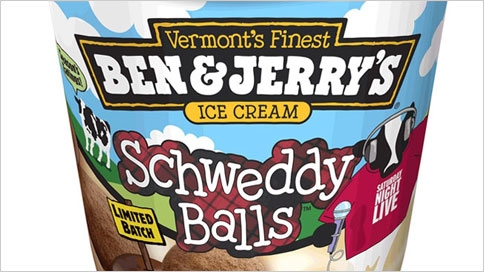I found Jackie Huba’s post about WOMMA’s new statistics about word of mouth marketing very interesting, and though I would share this on my blog.
No matter how great technology has advanced and people’s lives have moved from the offline to the online, the power of word-of-mouth marketing is still too strong to brush aside. People’s confidence in making consumer decisions based on other’s vocal recommendations is still much higher than based on online reviews and website content. To me, the most surprising statistic was how “Odds are, if someone’s talking, it’s a good thing.” and that the average online review was 4.3 stars out of 5. I always thought that if people were talking, it would be a bad thing because usually people are more passionate when they are upset and have had a bad experience. Instead, it seems like people tend to have mostly positive experiences and then decide to post their recommendation online. No wonder companies always have customer review options! There’s a very low risk of having a bad product review!

The video is on the Consumer Evangelists’ blog and is also created by WOMMA, to define word of mouth marketing. Not only was it an excellent video because of its intricate and easily understood drawings, but the content was presented in a very clear and concise manner. I especially liked how they defined word of mouth marketing as any business action which earns a customer recommendation, delivers the best product in a category, providing a great customer experience, and rewarding customer loyalty. This break down allows me to think of business in its essence – to gain recommendations from customers and free marketing!
The WOMMA Summit occurred less than two weeks ago, wouldn’t it have been an interesting learning experience to hear from word of mouth marketing advocates?





